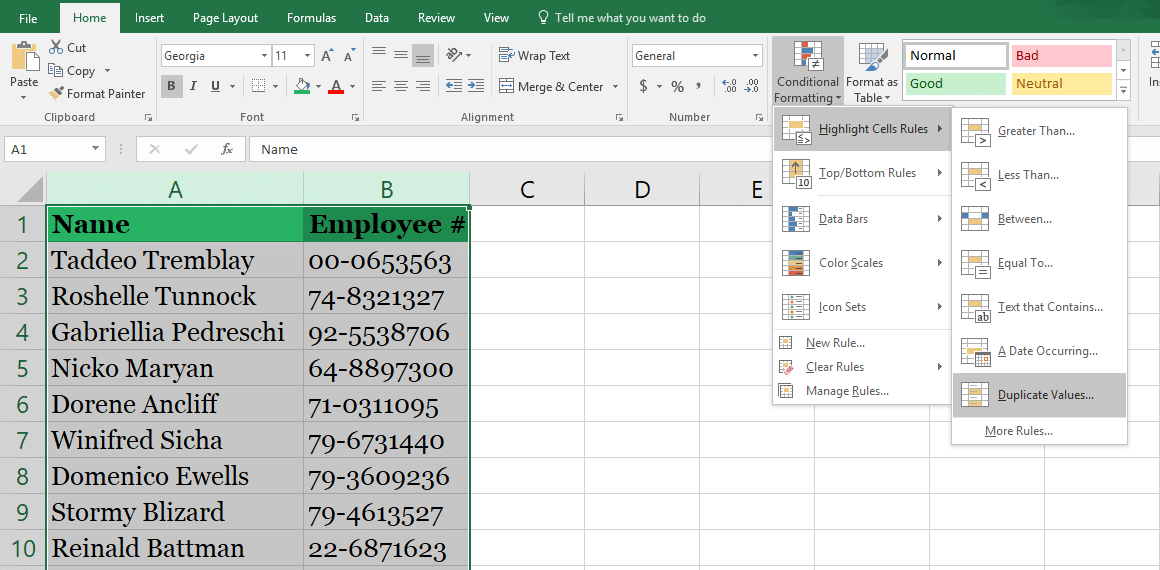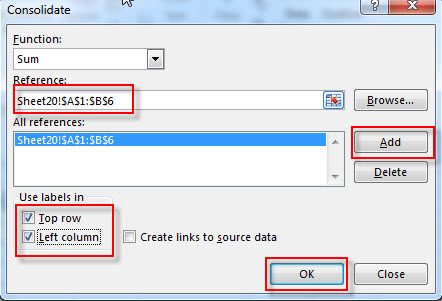
(For example, if you merged cells A1 and B1 in the previous step, now select range A2:B99.) Excel applies the merge command individually to each row and you’re done.

This would allow you to easily use the GROUP BY capabilities that you seek.

There you can do many types of processing-just as you can with an SQL database-in order to create views of information (queries) that can be used as the source data for a Word mail merge. The other option is to forego Excel and place your data in a real database program, such as Access. (Full information on some of these methods can be found on the ExcelTips site. There are numerous ways that you can work with your data, including the removal of duplicate records or using macros to condense duplicate records into a single record. This means that it may be best to examine the source and do any sorting, condensing, and selecting in the workbook before you do the merge. The merge feature generally takes information as it is fed from the source document. If you are doing any other type of merge (such as merging to letters or to labels), then you are pretty much out of luck. (Scroll down on the page and click the link for creating a directory.)

If you are doing that type of merge, you can find full information on how to group records at this Microsoft Office Support article. This is not something that can be easily done with Word's mail merge capabilities, with one exception: You can do it if you are doing a directory-type merge.

She wants to "group" records so she can put all the records for a given individual into a single merge document. She notes that if she was using SQL she could use "GROUP BY" to make sure that all the records of a given individual were grouped together. Erin wants to do a mail merge using source data that is in an Excel worksheet where it is possible for a given individual to have multiple rows of data.


 0 kommentar(er)
0 kommentar(er)
